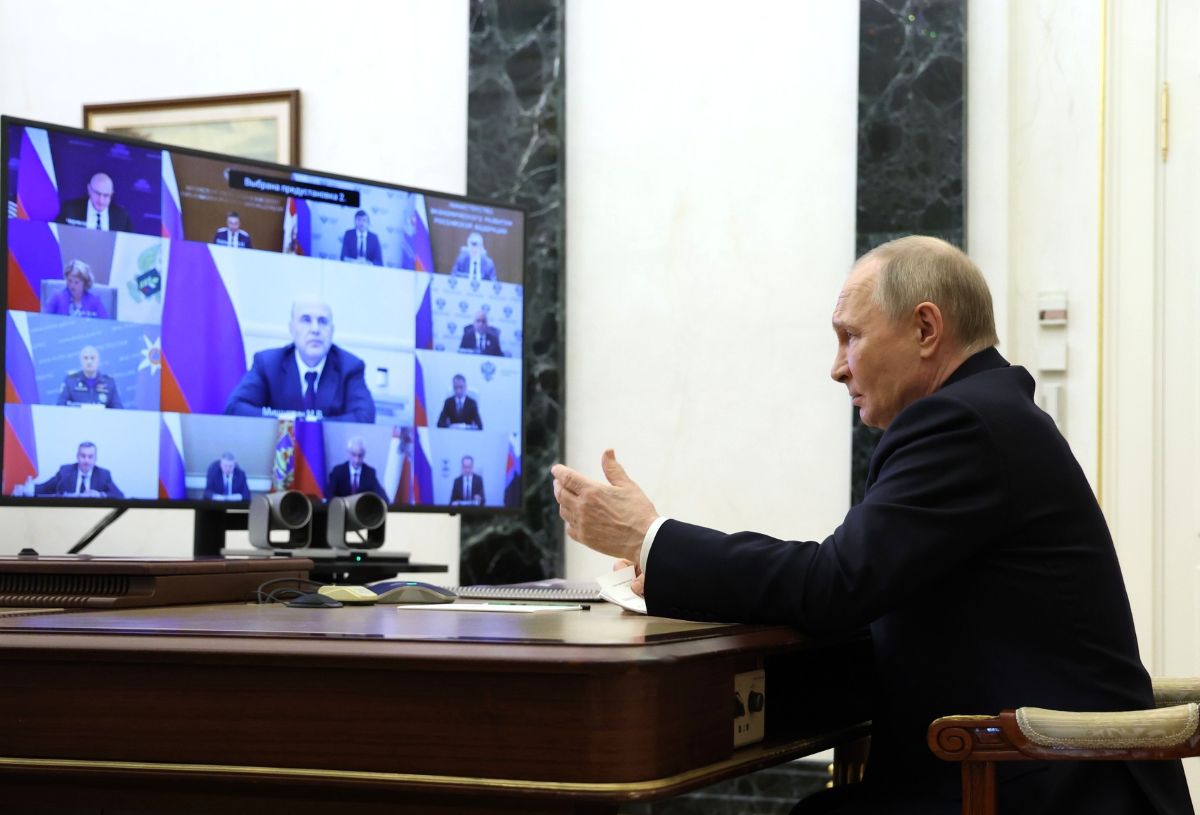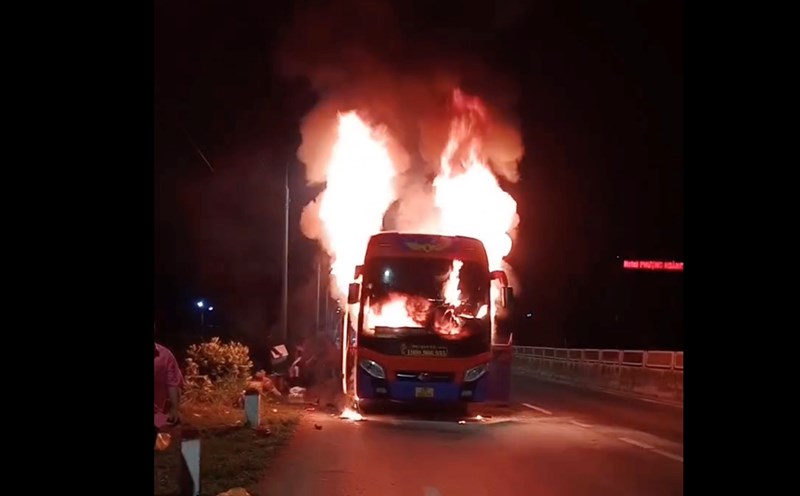RT reported that on May 22, President Vladimir Putin announced that the Russian armed forces are actively establishing a security buffer zone along the border with Ukraine, to prevent cross-border attacks from Kiev - especially long-range strikes by Western weapons.
The statement was made by Mr. Putin at a government meeting to discuss the situation in border provinces such as Kursk, Belgorod and Bryansk - places that have been continuously hit by shelling, UAVs and missiles from Ukraine.
We have decided to establish the necessary buffer zone along the border. The armed forces are actively carrying out this task. The enemy's firing positions are being neutralized, Putin stressed.

The idea of setting up a ordon Sanitaire (military isolation belt) right on the Ukrainian border controlled by Kiev is not new. Mr. Putin has mentioned this possibility since March 2024, saying that Moscow will be forced to establish a buffer zone to "protect Russian civilians from long-range airstrikes".
The Russian president added that if necessary, the army would set up a safe zone difficult enough for the enemy, especially with weapons of foreign origin, to overcome.
Mr. Putin's statement appeared just days after an attack by the HIMARS rocket artillery system ( supplied by the US) targeted the town of Lgov in Kursk province injured at least 12 civilians, including 2 children.
According to Kursk Governor Aleksandr Khinshtein, the airstrike targeted an area near the Kursk-Rylsk expressway, which runs into the town center. Russian media said that at least 3 HIMARS shells were used.
Not only stopping at artillery shelling, Ukraine also launched an unprecedented large-scale unmanned aerial attack (UAV) in Russia. The Russian Defense Ministry said that in just the past two days, it had shot down a total of 485 fixed-wing UAVs across the country.
Of which, Moscow's suburbs alone have successfully intercepted 63 UAVs. The Orel region is recorded as having the largest number of destroyed UAVs.











